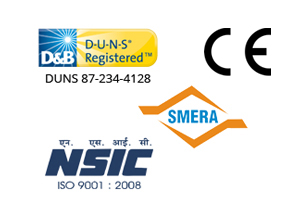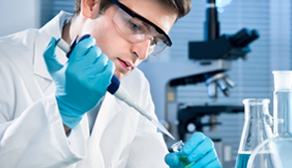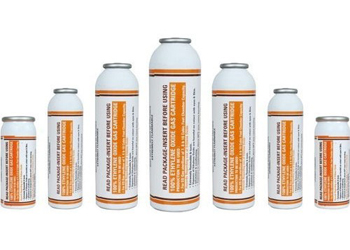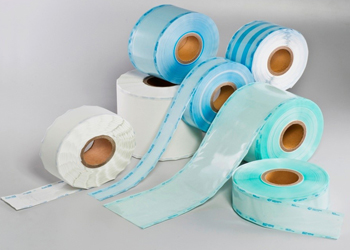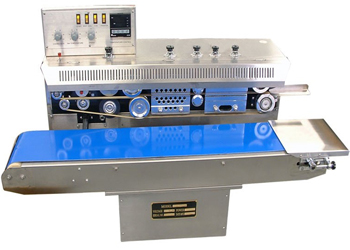Central Sterile Supply Departments (CSSDs) play a pivotal role in the healthcare industry, ensuring that all medical instruments and devices are properly sterilized before use in patient care. The sterilization process in a CSSD involves cleaning, disinfecting, and sterilizing medical equipment to maintain the highest standards of patient safety and hygiene. Among the various sterilization methods used, Ethylene Oxide (ETO) sterilization stands out as a critical solution, especially for heat-sensitive and moisture-sensitive equipment. ETO sterilizers provide a reliable method for ensuring that complex medical instruments are free from harmful microorganisms without compromising their integrity.
In this article, we will explore the crucial role of ETO sterilizers in CSSDs, their advantages, and how they contribute to the efficiency and safety of healthcare operations.
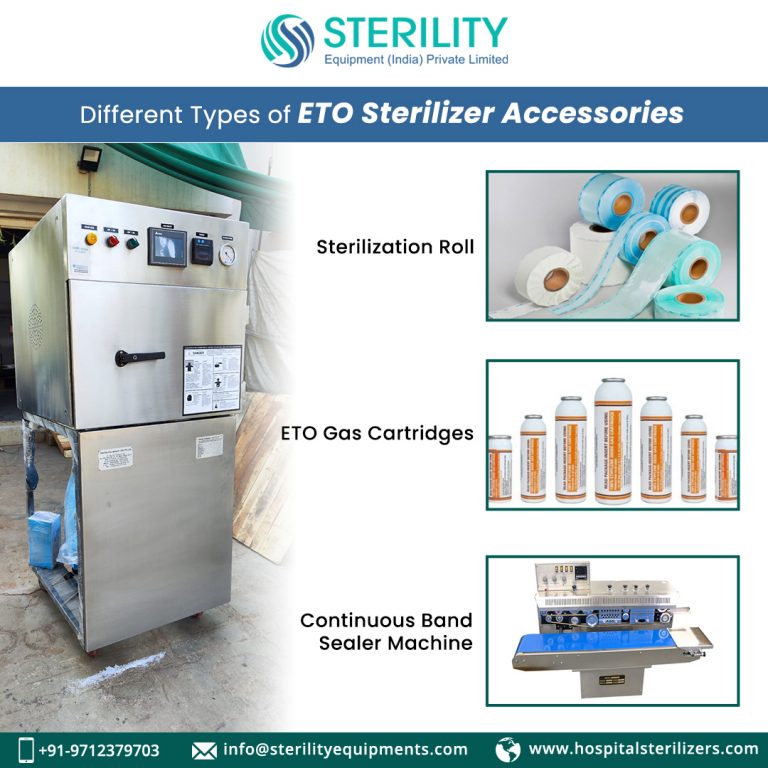
Understanding the Role of Central Sterile Supply Departments (CSSD)
The Central Sterile Supply Department (CSSD) is the department within a healthcare facility responsible for cleaning, disinfecting, sterilizing, and distributing medical equipment and instruments. It ensures that all items used in patient care are sterile, preventing the risk of healthcare-associated infections (HAIs), which can significantly impact patient outcomes and hospital costs. The CSSD’s main objective is to support other hospital departments, including operating rooms, emergency departments, and ICUs, by providing them with clean, sterile, and ready-to-use medical instruments.
The CSSD is a critical part of any healthcare facility because it directly affects the quality of care and patient safety. To achieve this, CSSDs use various sterilization techniques, including steam sterilization, radiation sterilization, and Ethylene Oxide (ETO) sterilization. Among these, ETO sterilization has proven to be indispensable for sterilizing a wide range of delicate and sensitive equipment that cannot withstand traditional sterilization methods.
Why ETO Sterilizers Are Essential for Heat- and Moisture-Sensitive Equipment
In a typical CSSD, medical instruments go through several stages: cleaning, disinfection, packaging, sterilization, and storage. Not all medical instruments and devices can be sterilized using heat-based methods such as steam sterilization because these devices might be heat-sensitive or moisture-sensitive. In these cases, Ethylene Oxide (ETO) sterilization is the ideal choice.
Heat-Sensitive Equipment:
Certain medical instruments, such as endoscopes, surgical instruments with plastic handles, catheters, and electronic devices, are made from materials that could melt, warp, or degrade when exposed to high temperatures. ETO sterilization operates at much lower temperatures (30°C–60°C), allowing it to sterilize these sensitive materials without causing any harm.
Moisture-Sensitive Equipment:
Some medical devices, such as electronic monitoring equipment and electrical implants, cannot be exposed to moisture, as it can lead to malfunction or damage. ETO sterilization does not use steam or moisture, making it an ideal solution for sterilizing these moisture-sensitive items.
By using ETO sterilizers, CSSDs can sterilize a broad spectrum of medical instruments without compromising their function, making it essential in any hospital environment that handles diverse types of equipment.
The ETO Sterilization Process in the CSSD
The ETO sterilization process in the CSSD involves several key steps to ensure that instruments are safely sterilized and free from any harmful microorganisms. This process is highly controlled to meet the strict standards of patient safety.
Steps Involved in ETO Sterilization:
- Cleaning and Disinfection: All instruments must first be thoroughly cleaned to remove any organic material or contaminants. This step is crucial because any residual matter could interfere with the sterilization process.
- Inspection and Packaging: After cleaning, instruments are inspected for any signs of damage or wear. Once confirmed to be in proper condition, the instruments are packaged in sterilization-compatible materials (such as paper-plastic pouches or woven fabric), which allow the ETO gas to penetrate.
- Sterilization: The packaged instruments are placed inside the ETO sterilization chamber, where ethylene oxide gas is introduced. The gas is maintained at a low temperature, allowing it to penetrate the packaging and reach all surfaces of the instruments. The ETO gas kills microorganisms by disrupting their DNA, ensuring complete sterilization.
- Aeration: After the sterilization cycle is complete, the instruments undergo an aeration process. This is necessary to remove any residual ETO gas, as ethylene oxide is toxic. Aeration is typically carried out in a controlled environment to ensure the instruments are safe for handling and use.
- Storage and Distribution: Once the aeration process is complete, the sterilized instruments are carefully stored in sterile conditions, ready for distribution to various hospital departments such as operating rooms, clinics, and ICUs.
The entire process ensures that medical instruments are thoroughly sterilized while maintaining the integrity of heat-sensitive and moisture-sensitive equipment.
Advantages of ETO Sterilization in CSSD
ETO sterilization is one of the most widely used sterilization methods in CSSDs, and it offers several advantages over other techniques. These advantages are crucial for ensuring that hospitals and healthcare facilities maintain high standards of safety and efficiency.
Advantages of ETO Sterilization:
- Ideal for Heat- and Moisture-Sensitive Equipment: As previously discussed, ETO is the go-to method for sterilizing equipment made from delicate materials, including plastics, rubbers, and electronics, which cannot withstand high temperatures or moisture. This makes it especially valuable in settings like endoscopy and cardiology, where specialized instruments are used.
- Penetration of Complex and Multi-Component Devices: ETO gas has excellent penetration capabilities, meaning it can effectively sterilize complex devices with multiple components and porous materials. For instance, surgical instruments with intricate designs or endoscopes with lumens can be sterilized thoroughly.
- Ability to Sterilize Pre-Packaged Items: Unlike steam sterilization, which often requires instruments to be unpacked, ETO sterilization can sterilize items within their packaging. This helps to maintain sterility during the handling and distribution process, reducing the risk of contamination.
- Safety for the Operator: ETO sterilizers are equipped with safety systems designed to prevent exposure to toxic gases during the sterilization process. With proper aeration, the risk to both healthcare workers and patients is minimized.
- Versatility: ETO sterilization can be used for a wide variety of medical devices, including surgical instruments, implantable devices, pharmaceuticals, and even textiles. This versatility makes it a vital tool for hospitals with diverse sterilization needs.
ETO Sterilizers and Their Contribution to Infection Control
One of the primary objectives of ETO sterilizers in the CSSD is to reduce the risk of hospital-acquired infections (HAIs). These infections are a significant concern in healthcare facilities, often leading to prolonged hospital stays, increased medical costs, and, in some cases, death. The effective sterilization of medical instruments is one of the most effective ways to prevent these infections.
How ETO Sterilization Contributes to Infection Control:
- Kills a Wide Range of Microorganisms: ETO is highly effective against a broad spectrum of microorganisms, including bacteria, viruses, fungi, and spores, ensuring that all instruments are free from harmful pathogens.
- Prevents Cross-Contamination: By sterilizing instruments before they are used in patient care, ETO sterilization ensures that medical devices do not transmit infections between patients.
- Enhances Patient Safety: Proper sterilization in the CSSD helps hospitals meet the highest safety standards, which contributes to better patient outcomes and a reduction in infections during surgeries and treatments.
Challenges and Considerations in ETO Sterilization
While ETO sterilization is an invaluable tool in the CSSD, there are some challenges and considerations that healthcare facilities must address to ensure its effectiveness and safety.
Challenges in ETO Sterilization:
- Longer Sterilization Time: ETO sterilization cycles tend to be longer than steam sterilization, typically lasting several hours due to the need for aeration and gas removal. This can result in longer wait times for sterilized equipment.
- Toxic Residual Gas: Ethylene oxide is a toxic and flammable gas, so careful monitoring and aeration are essential to remove any residual gas from instruments before they are handled. Specialized equipment and trained personnel are needed to manage these risks.
- Specialized Equipment and Training: ETO sterilization requires specialized equipment and trained staff to operate, monitor, and maintain the sterilizers, ensuring that the process is carried out safely and efficiently.
Conclusion
Ethylene Oxide (ETO) sterilization plays a critical role in Central Sterile Supply Departments (CSSD), especially when it comes to sterilizing heat- and moisture-sensitive equipment. Its ability to sterilize delicate instruments, penetrate complex devices, and sterilize pre-packaged items makes it an essential tool in modern healthcare settings. ETO sterilizers help hospitals ensure patient safety, reduce the risk of infections, and comply with regulatory standards, all while maintaining the integrity of sensitive medical devices.
Despite the challenges associated with its use, ETO sterilization remains one of the most effective and versatile sterilization methods available. For any CSSD aiming to provide the highest standard of care, ETO sterilizers are indispensable for maintaining a safe, sterile environment.

